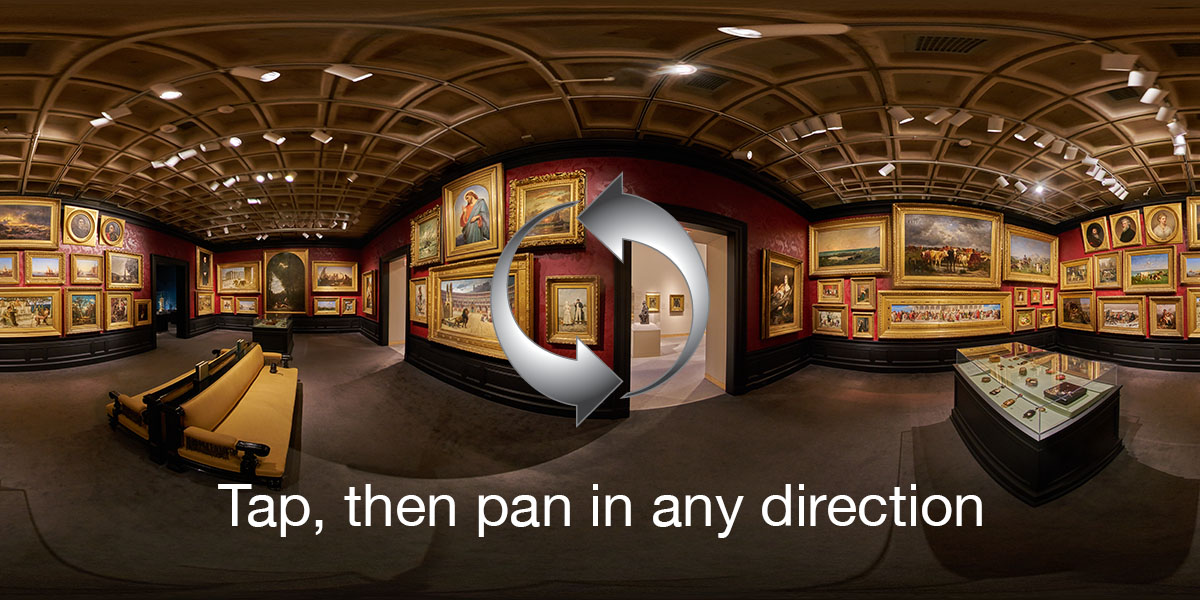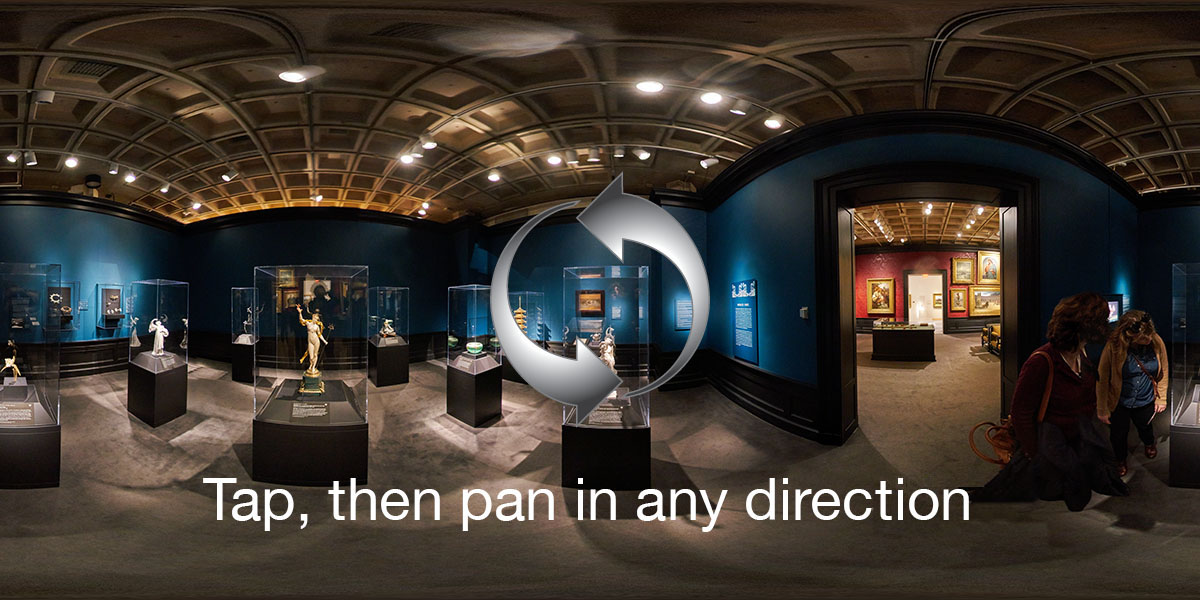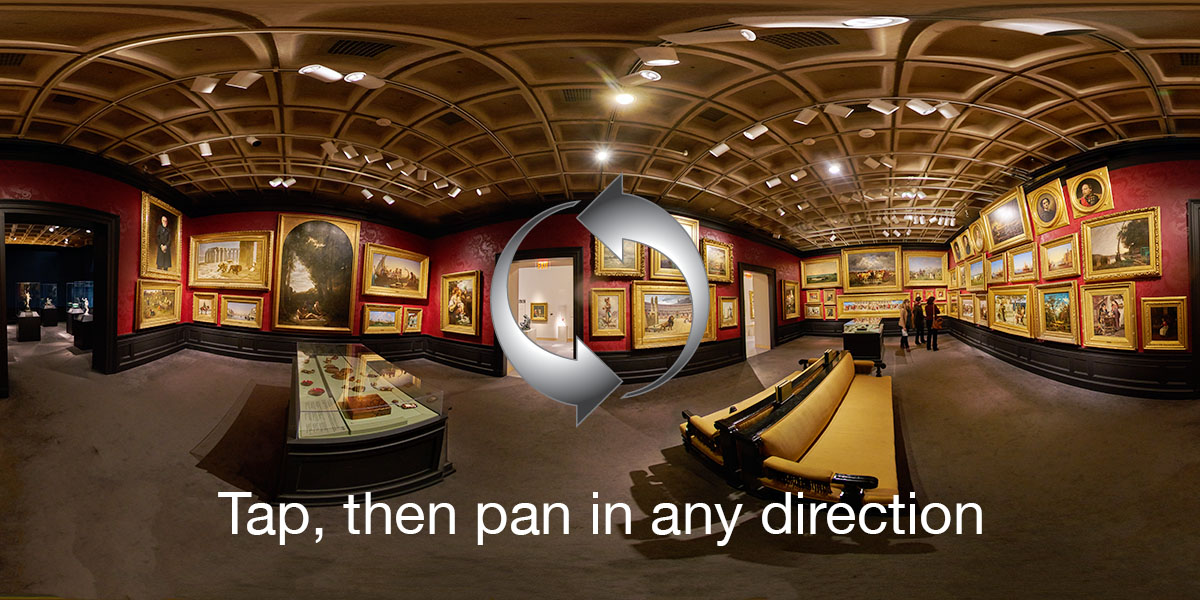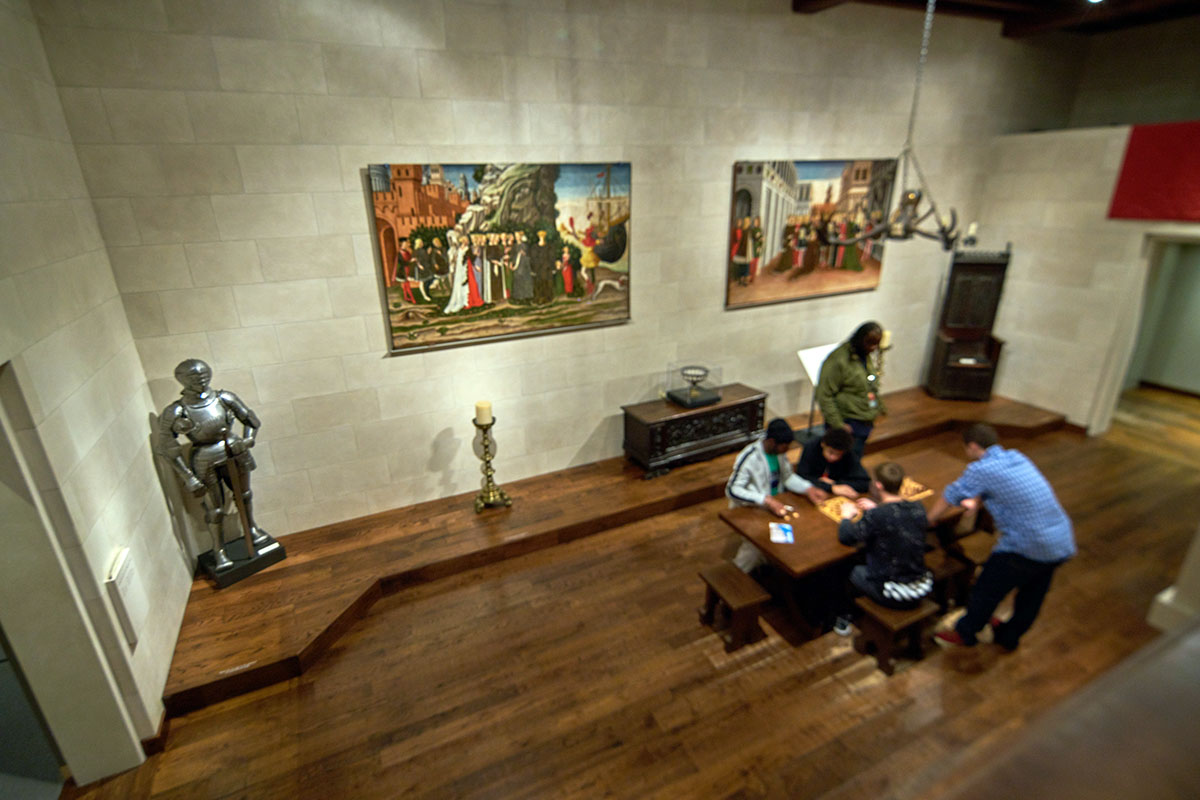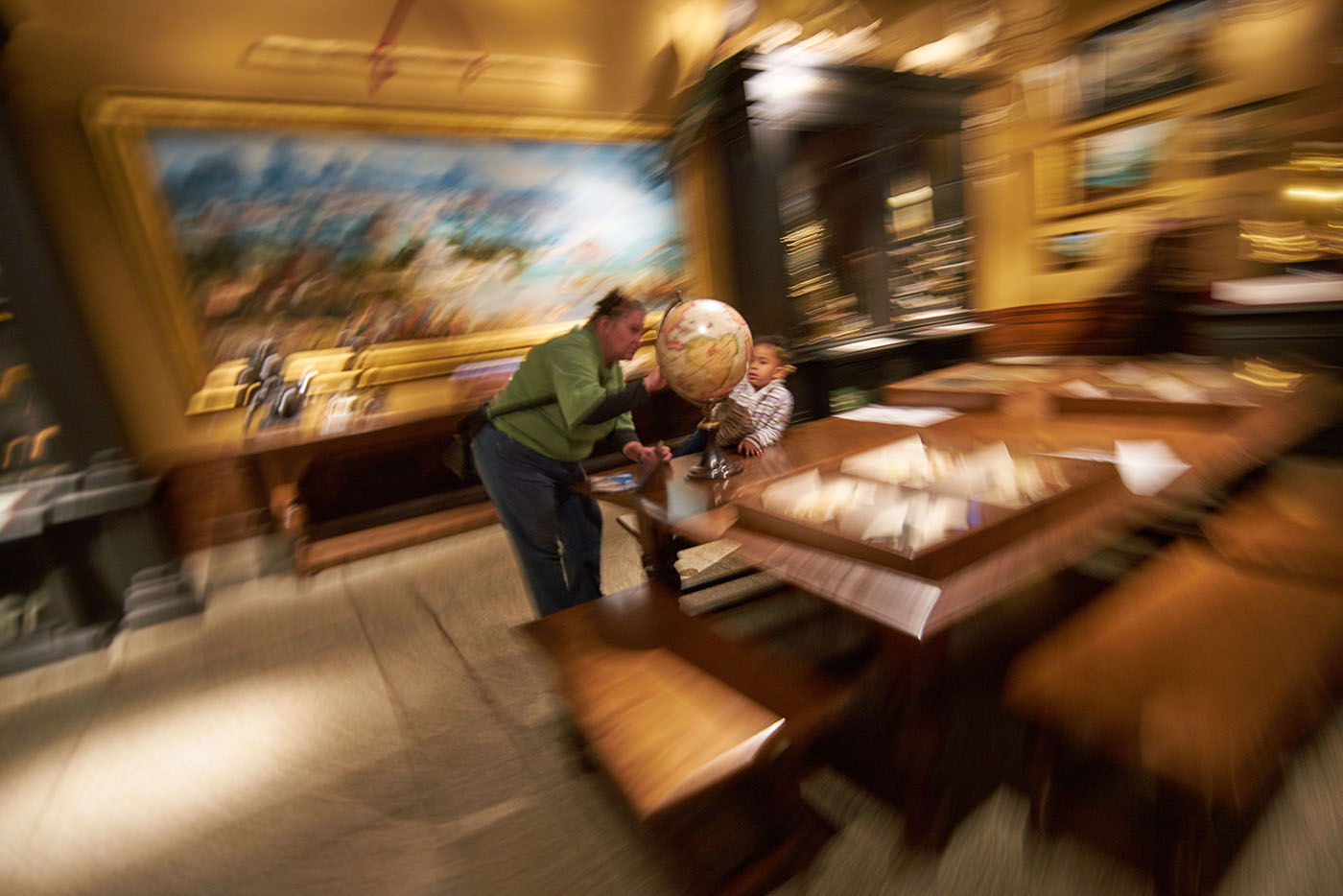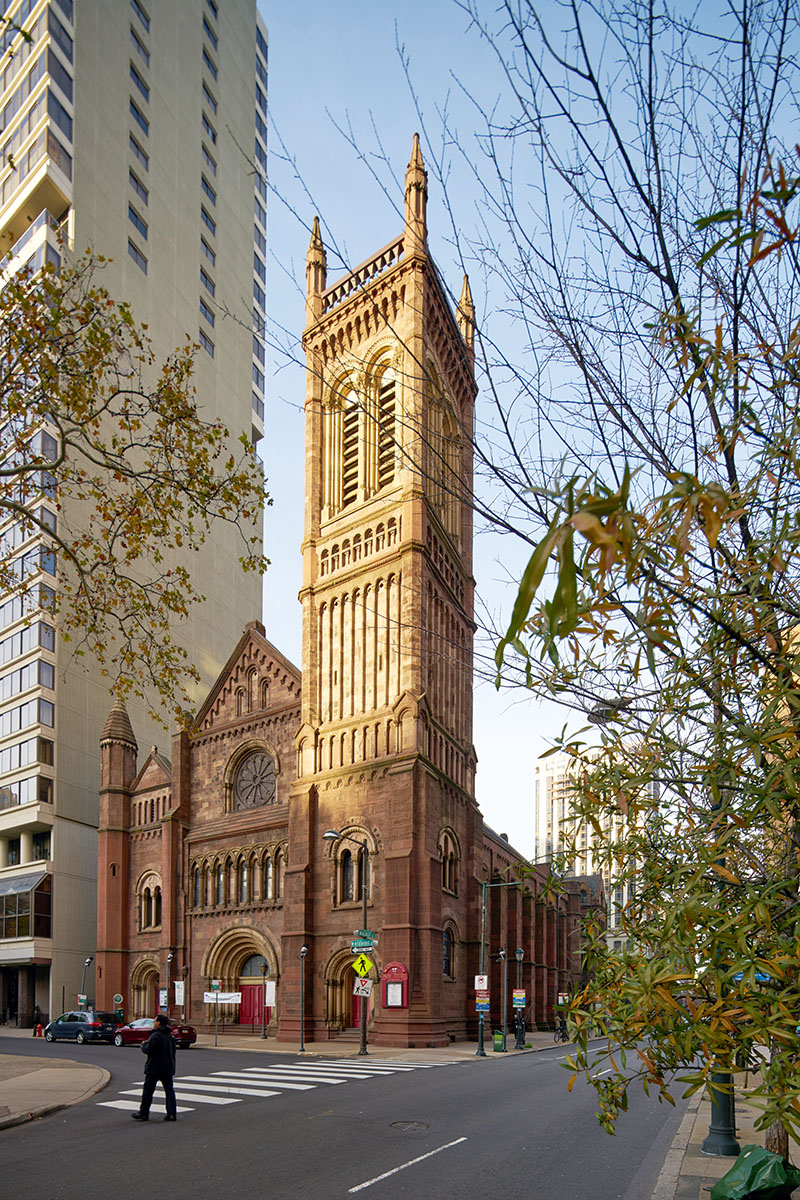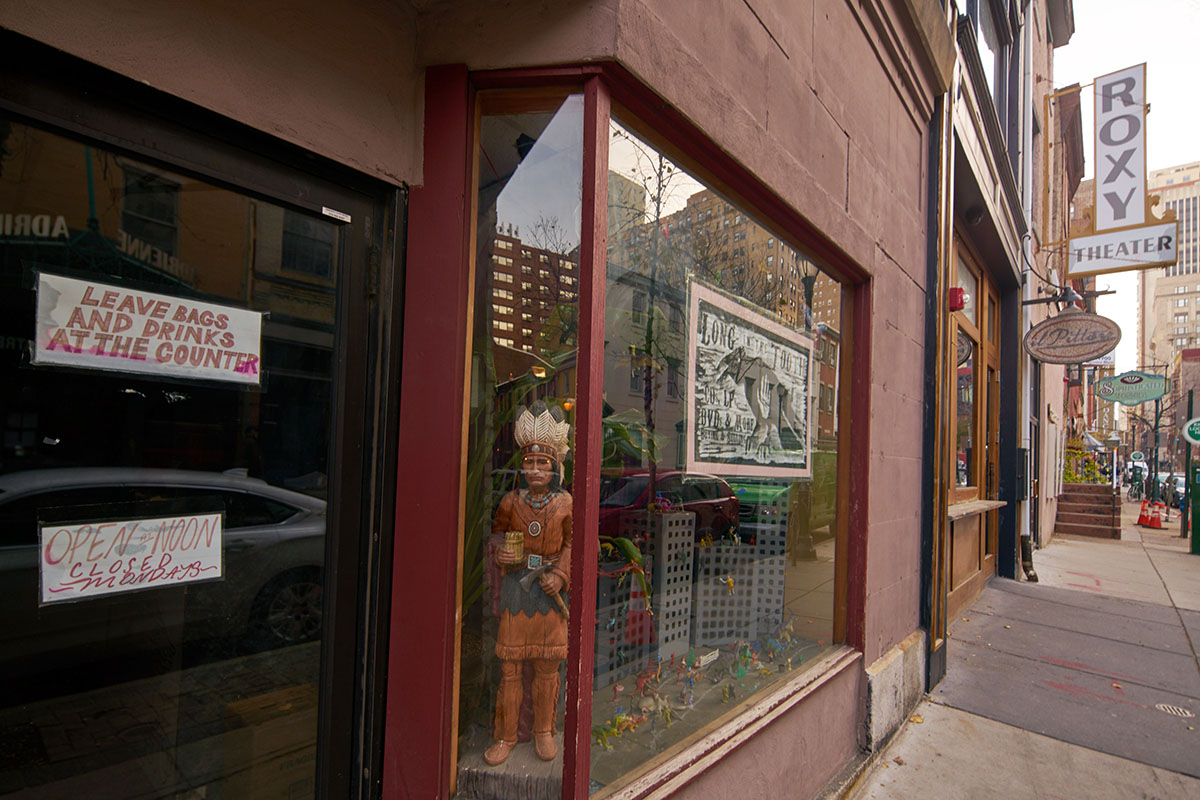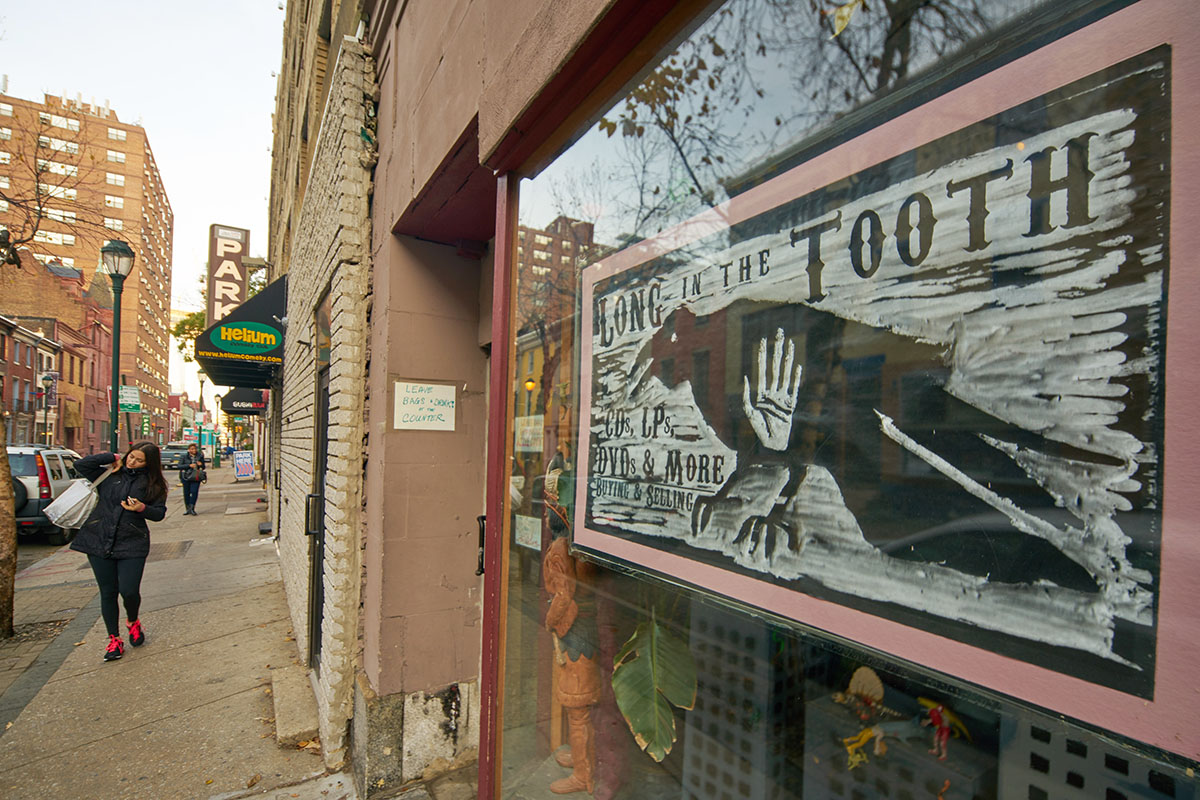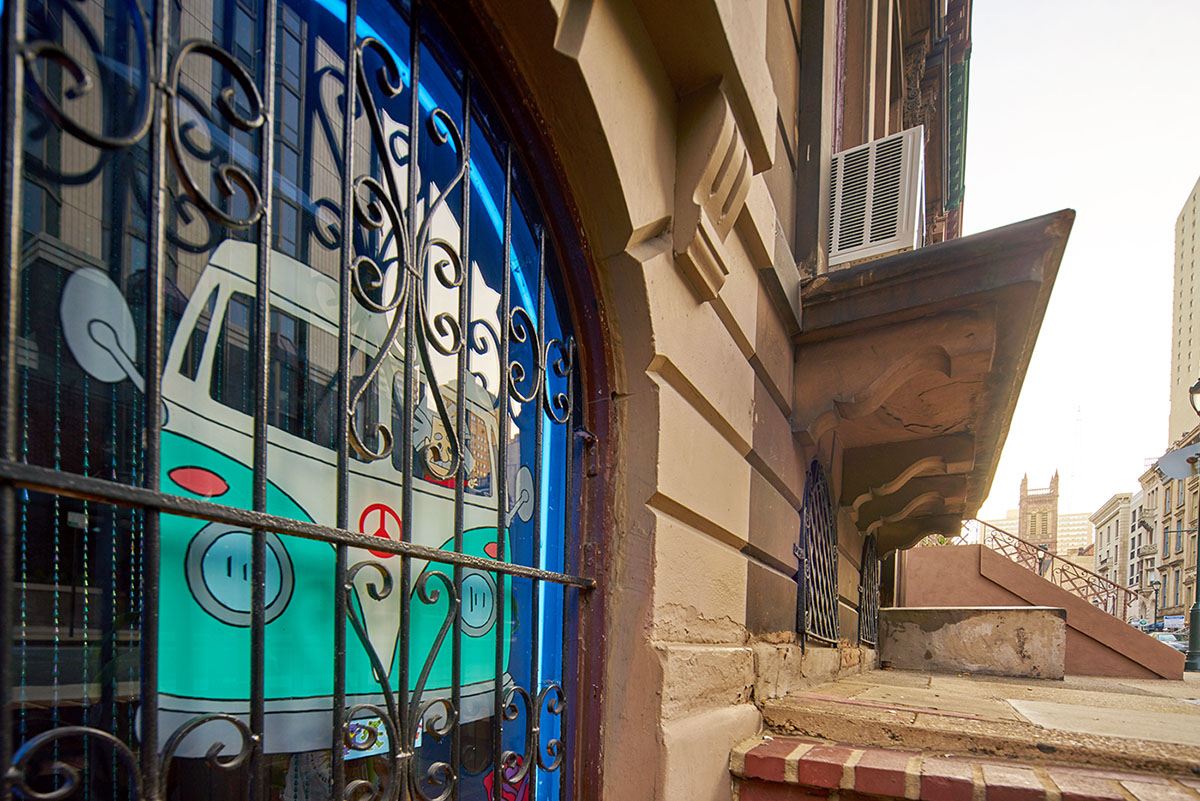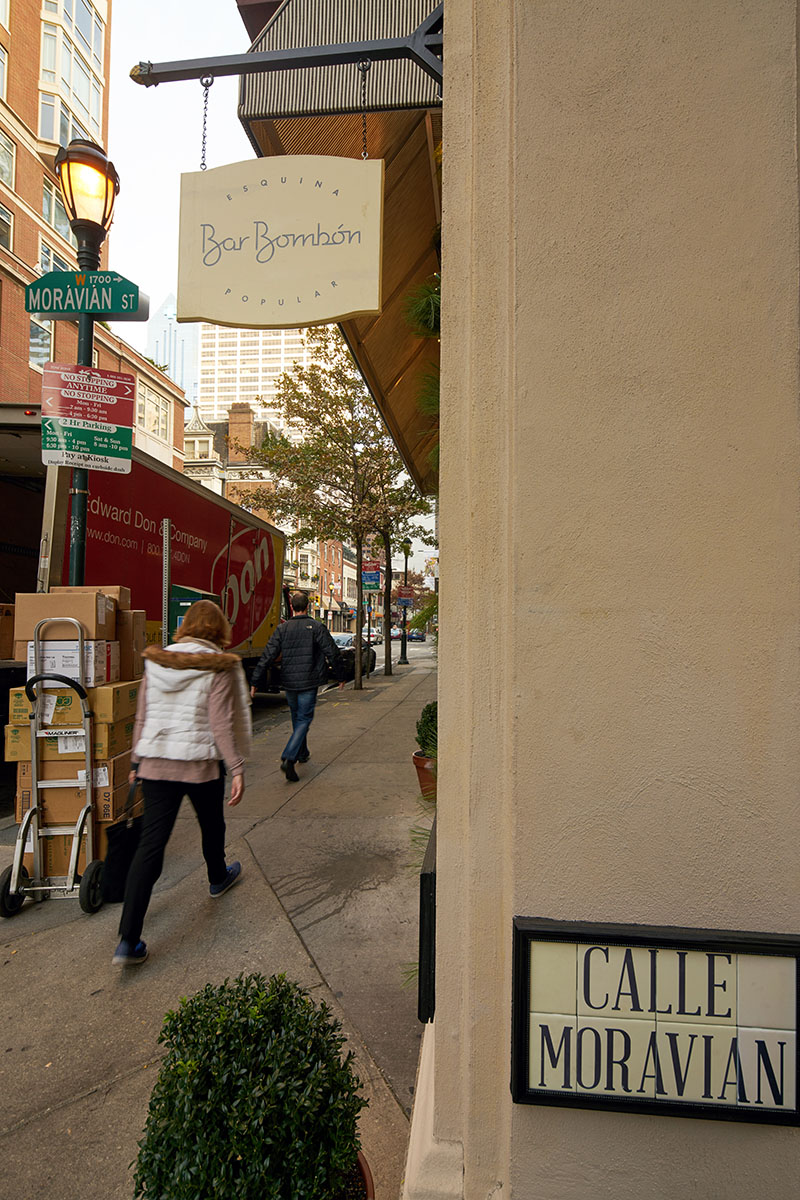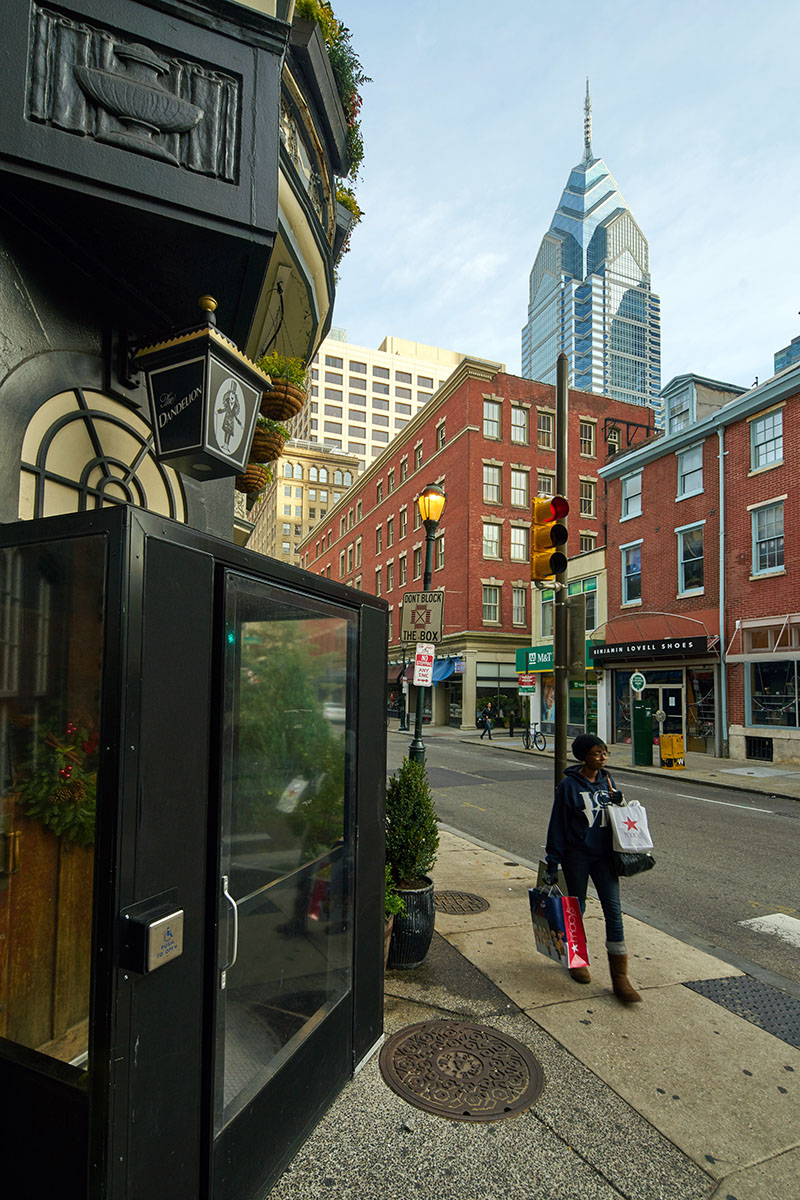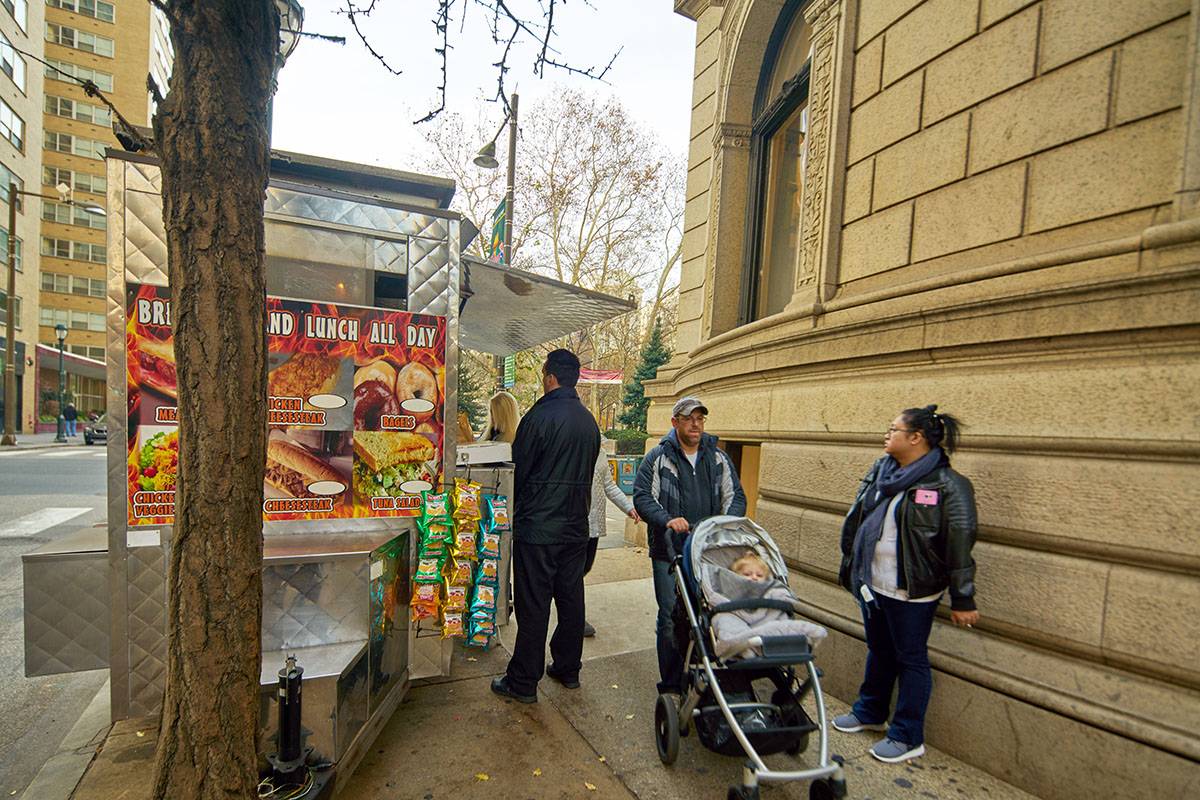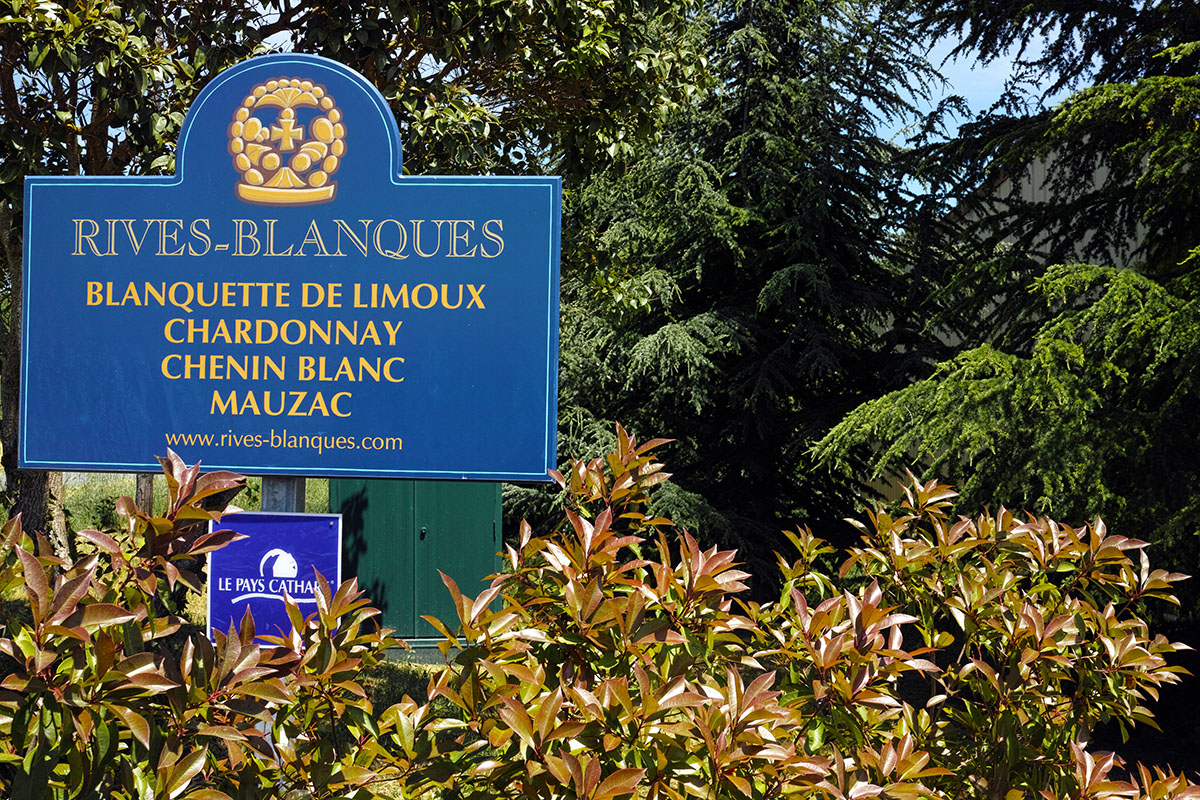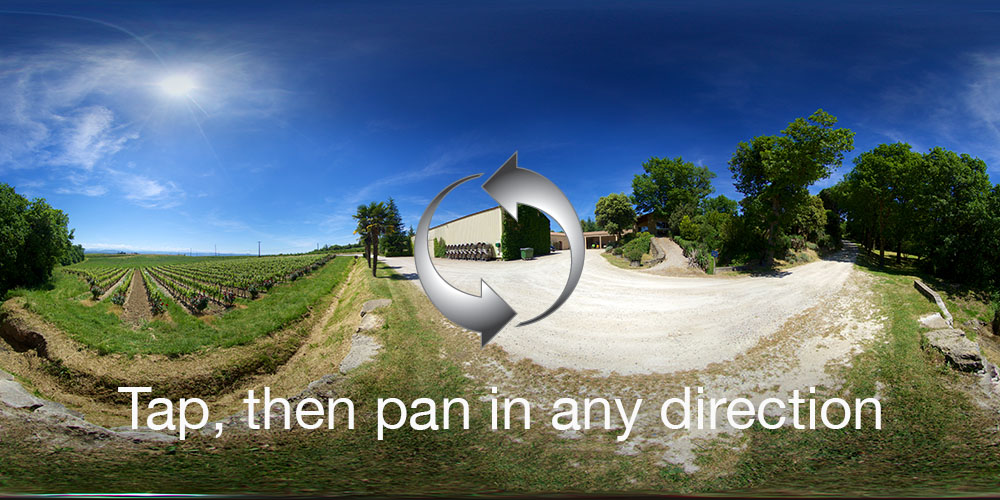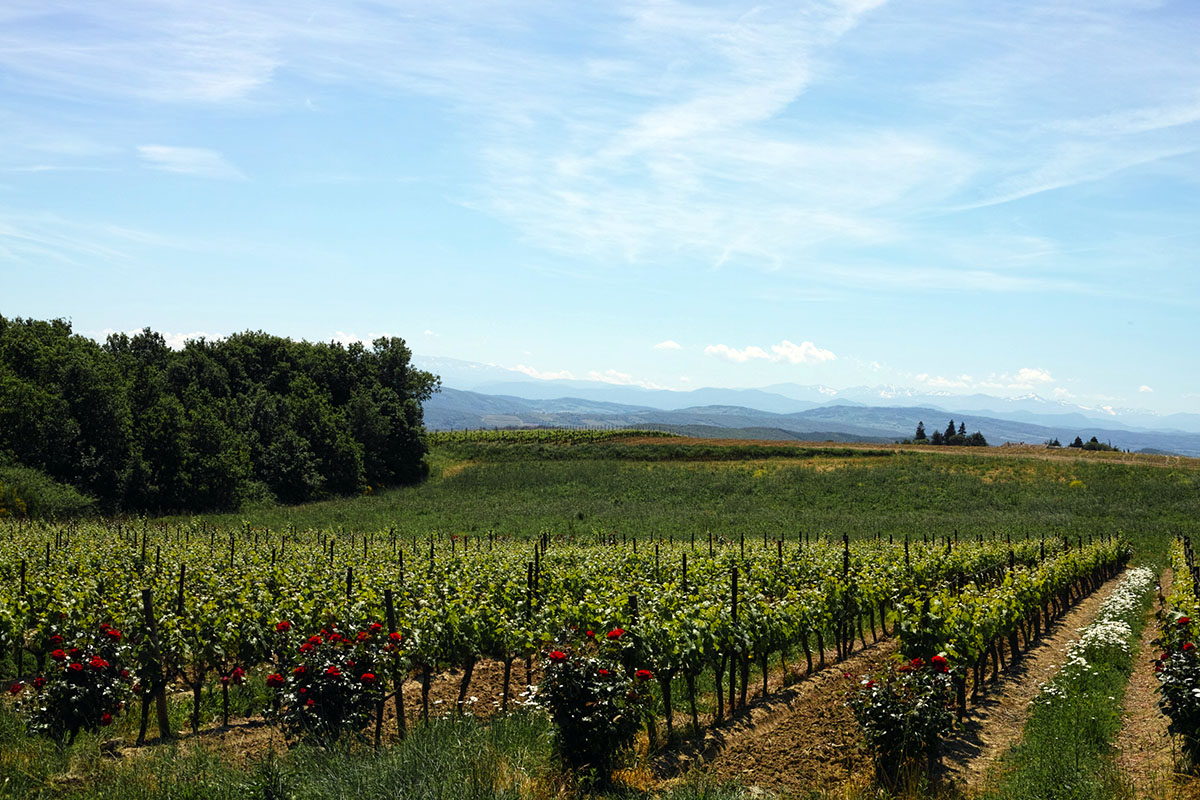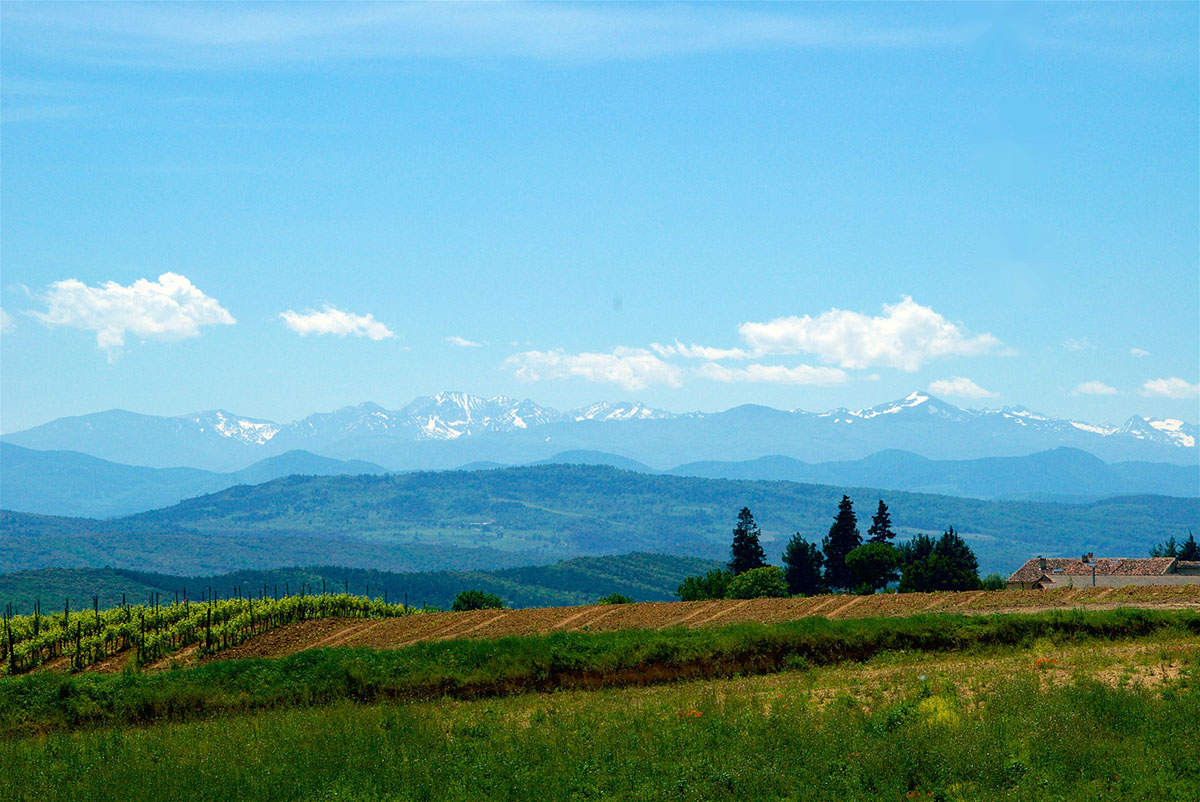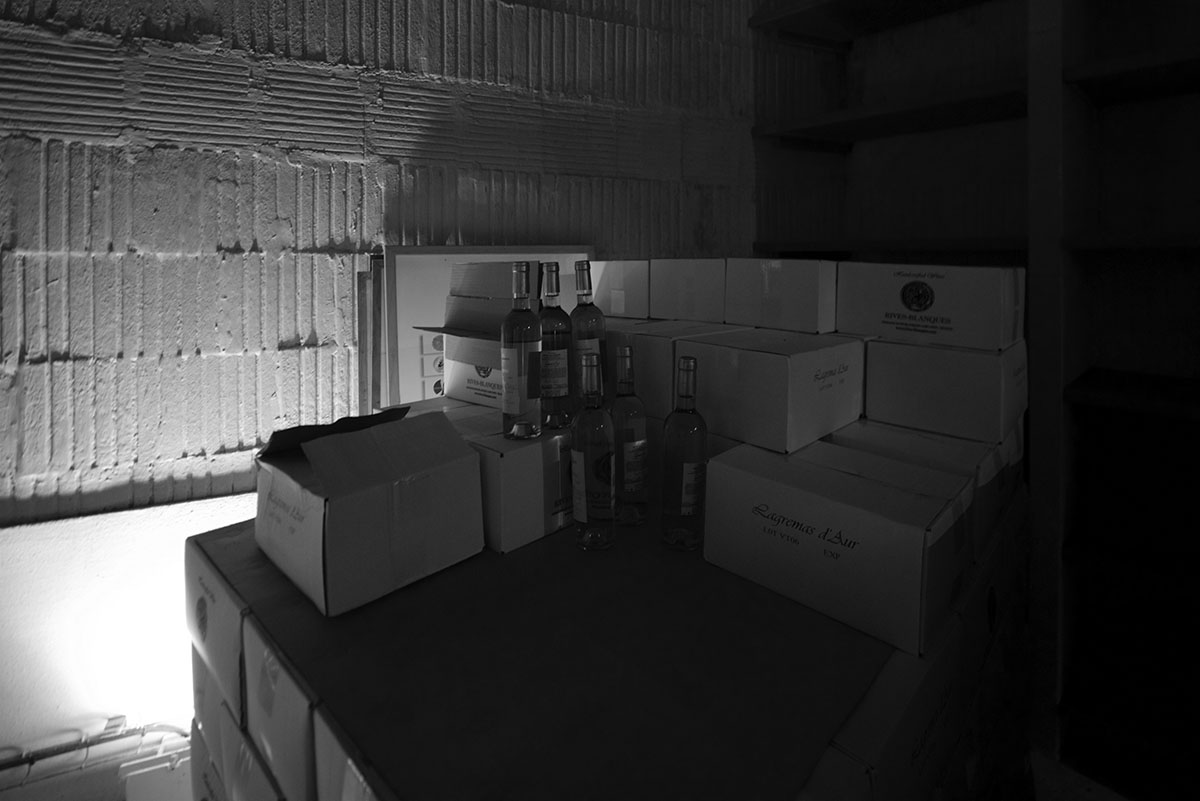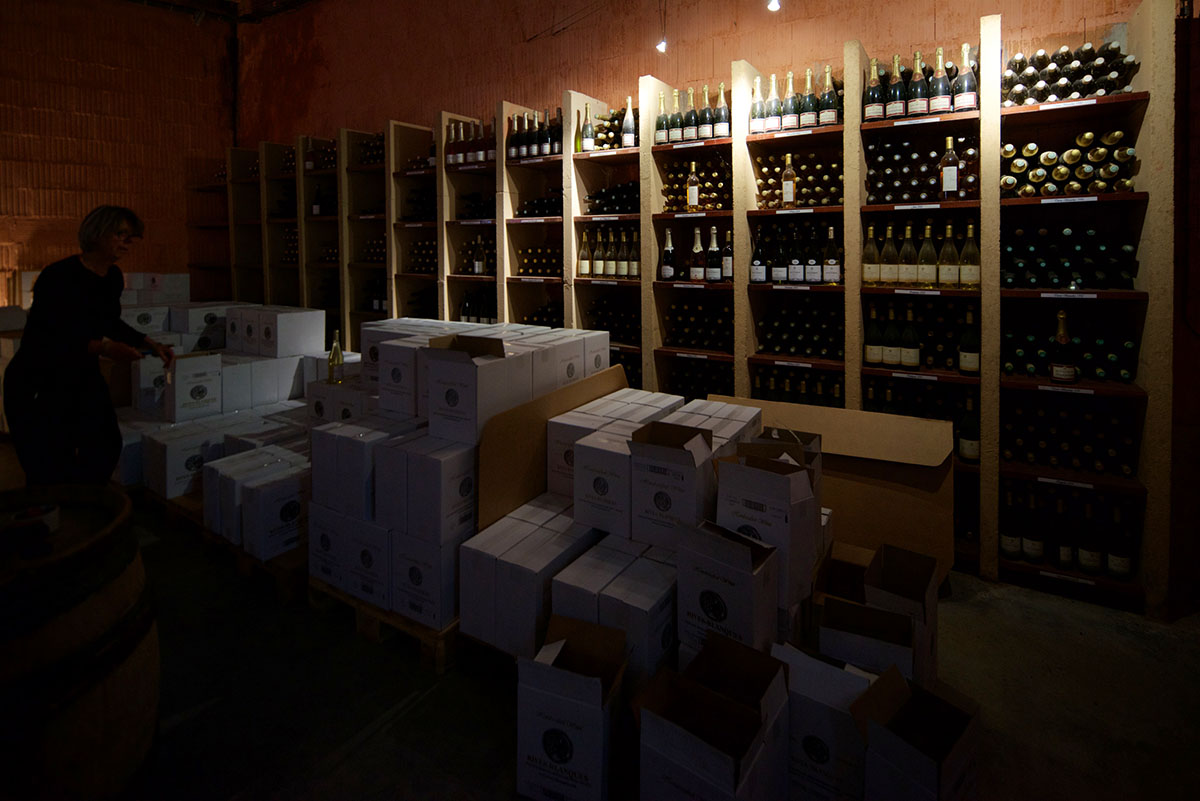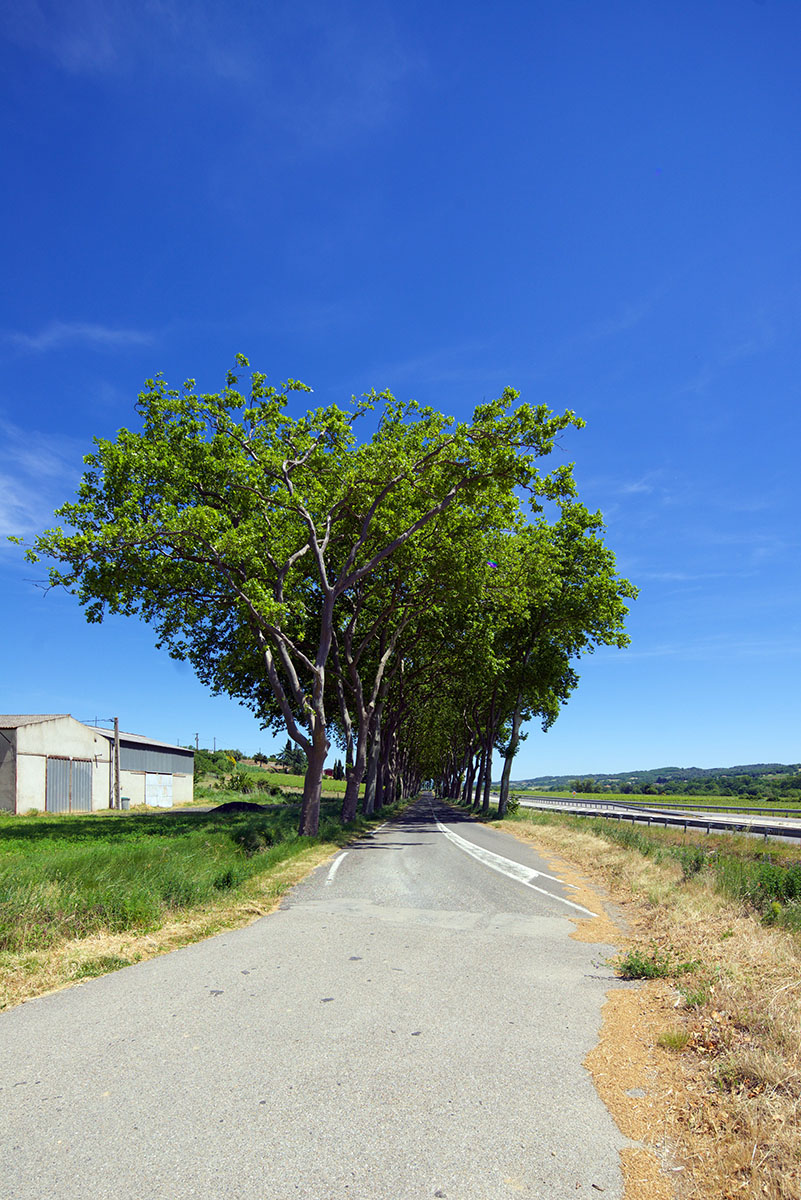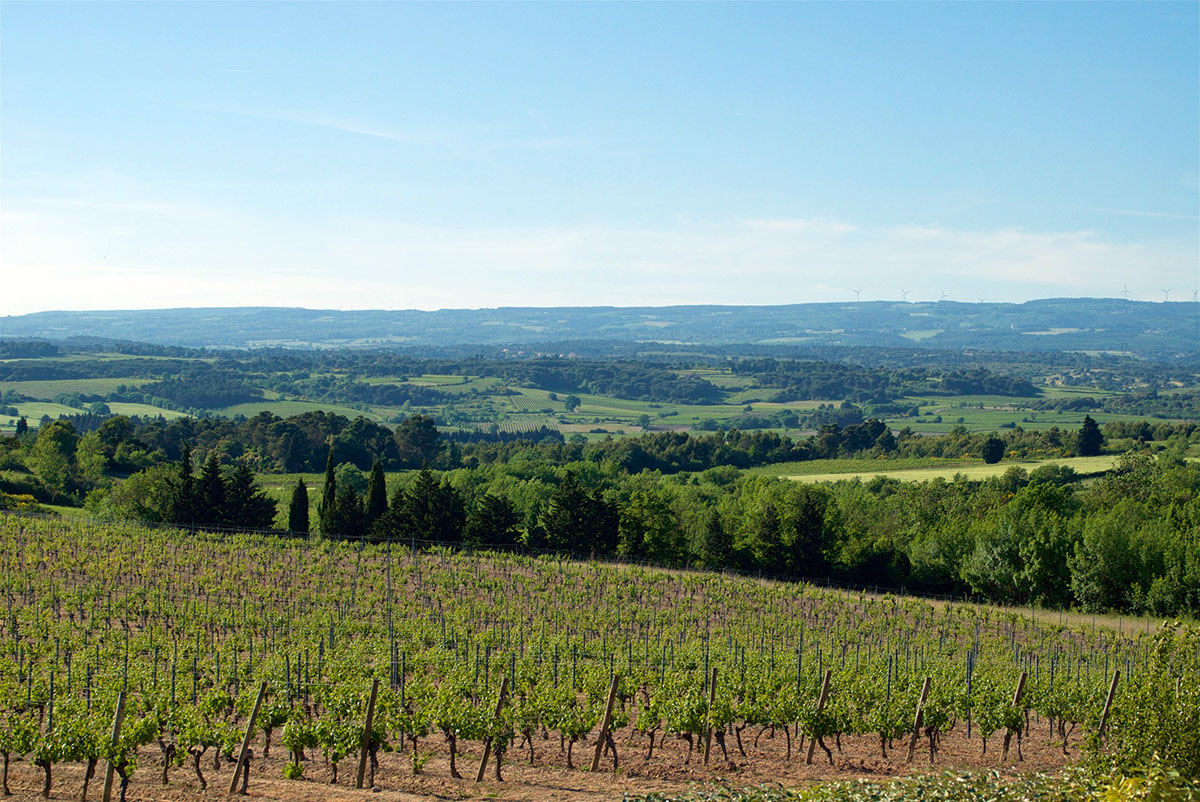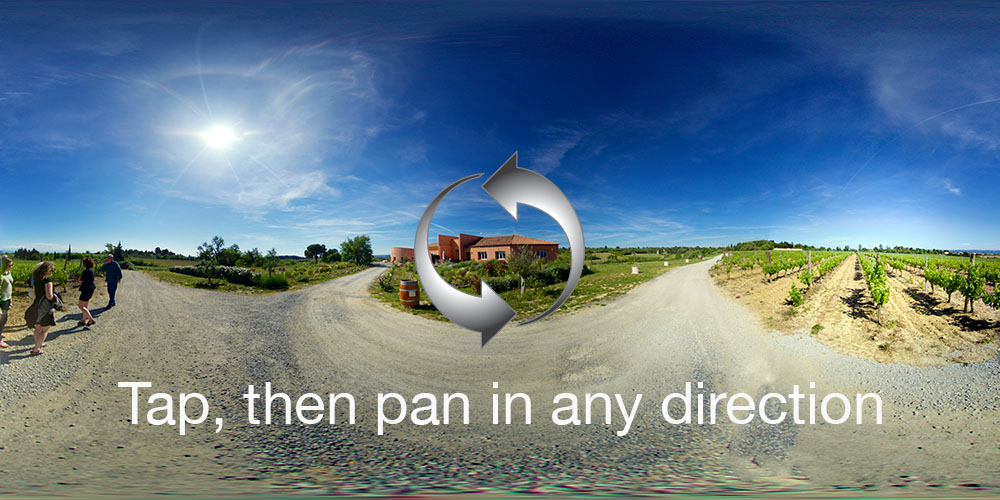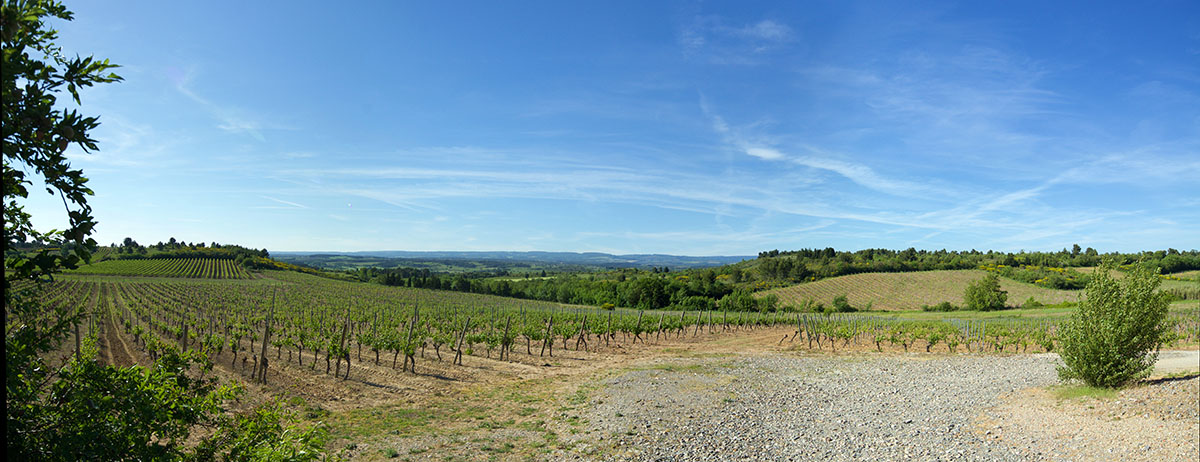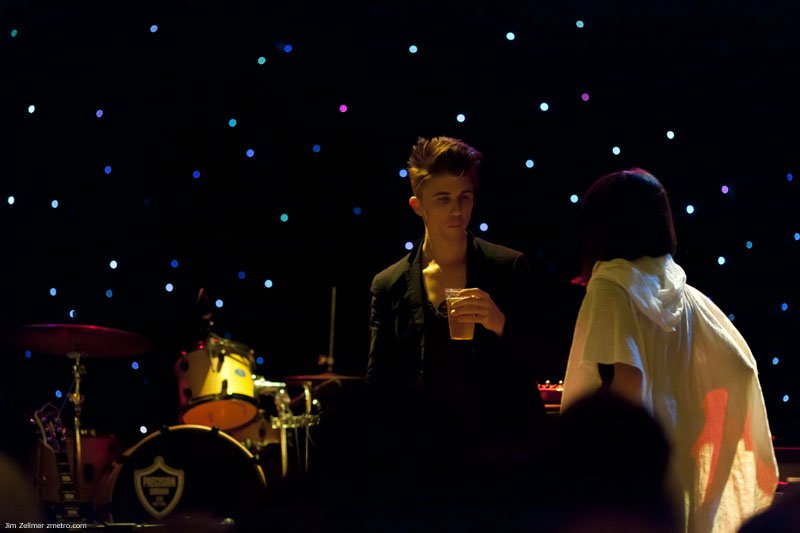We’re used to thinking that the jobs that are most likely to be taken over by automation are low-skilled ones: clerks, lowly paper pushers, assembly line workers. In contrast, those on the very high end of the wage scale — doctors, CEOs and hedge fund managers — seem like they will be comfortably insulated from the robot revolution.
But new research from McKinsey & Company, a consultancy, shows that that isn’t quite right. While there is a connection between a job’s skill level and the likelihood it will be automated, there are a lot of jobs that don’t fit that pattern. One example: CEOs, whose jobs will be more affected by automation than landscapers, the researchers say.
The researchers argue that the way we usually talk about robots displacing workers is misleading. We typically try to identify the jobs that will disappear because of automation. In the near term, however, very few occupations will be automated away entirely. McKinsey estimates that, with the technology available today, fewer than 5 percent of occupations could be entirely turned over to robots.
The bottom line is that 45 percent of work activities could be automated using already demonstrated technology. If the technologies that process and “understand” natural language were to reach the median level of human performance, an additional 13 percent of work activities in the US economy could be automated. The magnitude of automation potential reflects the speed with which advances in artificial intelligence and its variants, such as machine learning, are challenging our assumptions about what is automatable. It’s no longer the case that only routine, codifiable activities are candidates for automation and that activities requiring “tacit” knowledge or experience that is difficult to translate into task specifications are immune to automation.
In many cases, automation technology can already match, or even exceed, the median level of human performance required. For instance, Narrative Science’s artificial-intelligence system, Quill, analyzes raw data and generates natural language, writing reports in seconds that readers would assume were written by a human author. Amazon’s fleet of Kiva robots is equipped with automation technologies that plan, navigate, and coordinate among individual robots to fulfill warehouse orders roughly four times faster than the company’s previous system. IBM’s Watson can suggest available treatments for specific ailments, drawing on the body of medical research for those diseases.
